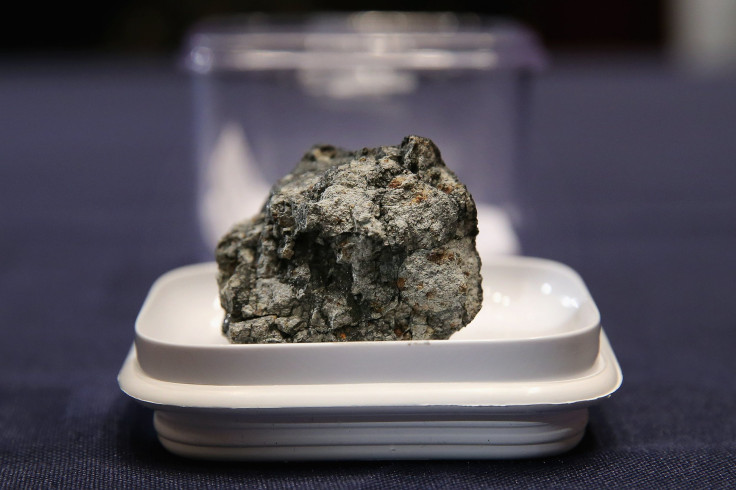Scientists Study 4.6-Billion-Year-Old Meteorite With Primitive Ice Fossils

In a new study, scientists were able to get a glimpse of what the solar system was like 4.6 billion years ago by analyzing the ice fossils of a primitive meteorite. According to the scientists, studying the composition of the ancient space rock could provide clues regarding the formation of large cosmic objects such as planets, moons and asteroids.
The meteorite that the scientists studied is called Acfer 094, which they were able to obtain after it crashed in 1990 in the Sahara desert in Algeria. They noted that it is a primitive meteorite that was a remnant of an ancient gaseous cloud that is believed that have contributed to the formation of objects in the Solar System. The scientist said the meteorite is about 4.6 billion years old.
As they were studying Acfer 094, the scientist came across traces of ice fossils. Due to the age and origin of the primitive meteorite, the scientists believe the ice fossils contain elements that can be considered as the building blocks of planets and other large cosmic objects.
“I've been looking at the matrix of primitive meteorites, the material that holds the structure together,” Epifano Vaccaro, a co-author of the study and curator at the Natural History Museum in London said in a statement.
“The meteorite in question dates to roughly 4.6 billion years ago, when the Sun was born and our solar system formed,” he continued. “The matrix of these meteorites is therefore thought to be the starting material from which all the planets formed.”
According to the scientists, primitive meteorites such as Acfer 094 were most likely formed as a newborn star’s gravitational force pulled in gas and various elements from its surroundings. This created a swirling disk made up of various materials including hydrogen, silicates, iron and ice.
As these materials swirled around the star, they began to coalesce until they grew into larger cosmic objects. The scientists believe the ice fossils within these primitive meteorites hold traces of the early materials that fused together to form planets and other cosmic bodies.
According to Vaccarro, studying primitive meteorites like Acfer 094 provides a unique opportunity to identify the type of materials that existed during the early stages of the Solar System.
“This means that if we want to understand what the dust was like as the solar system formed, we need to go back and grab some of the material that didn't go through this differentiation process,” he said. “In some meteorites, we have that starting material preserved.”
The study carried out by the scientists on Acfer 094 was published in the journal Science Advances.
© Copyright IBTimes 2025. All rights reserved.





















